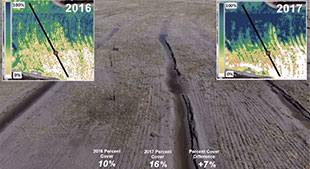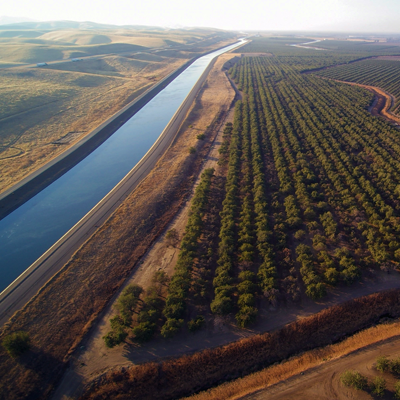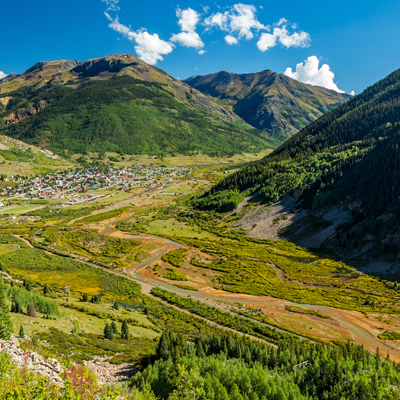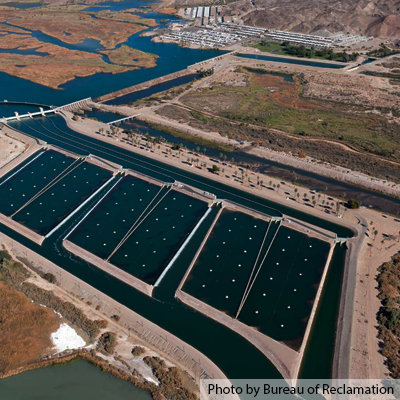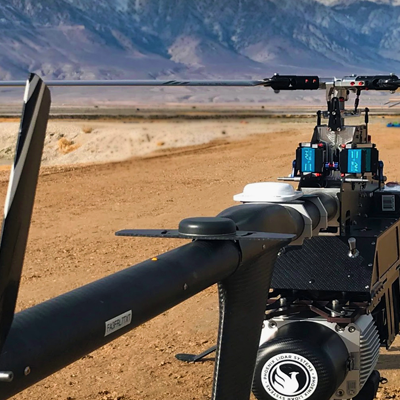Formation Environmental scientists and engineers specialize in modeling and analyzing soil, water, weather, and vegetation to create valuable geospatial insights for decision management, regulatory compliance and strategic direction.
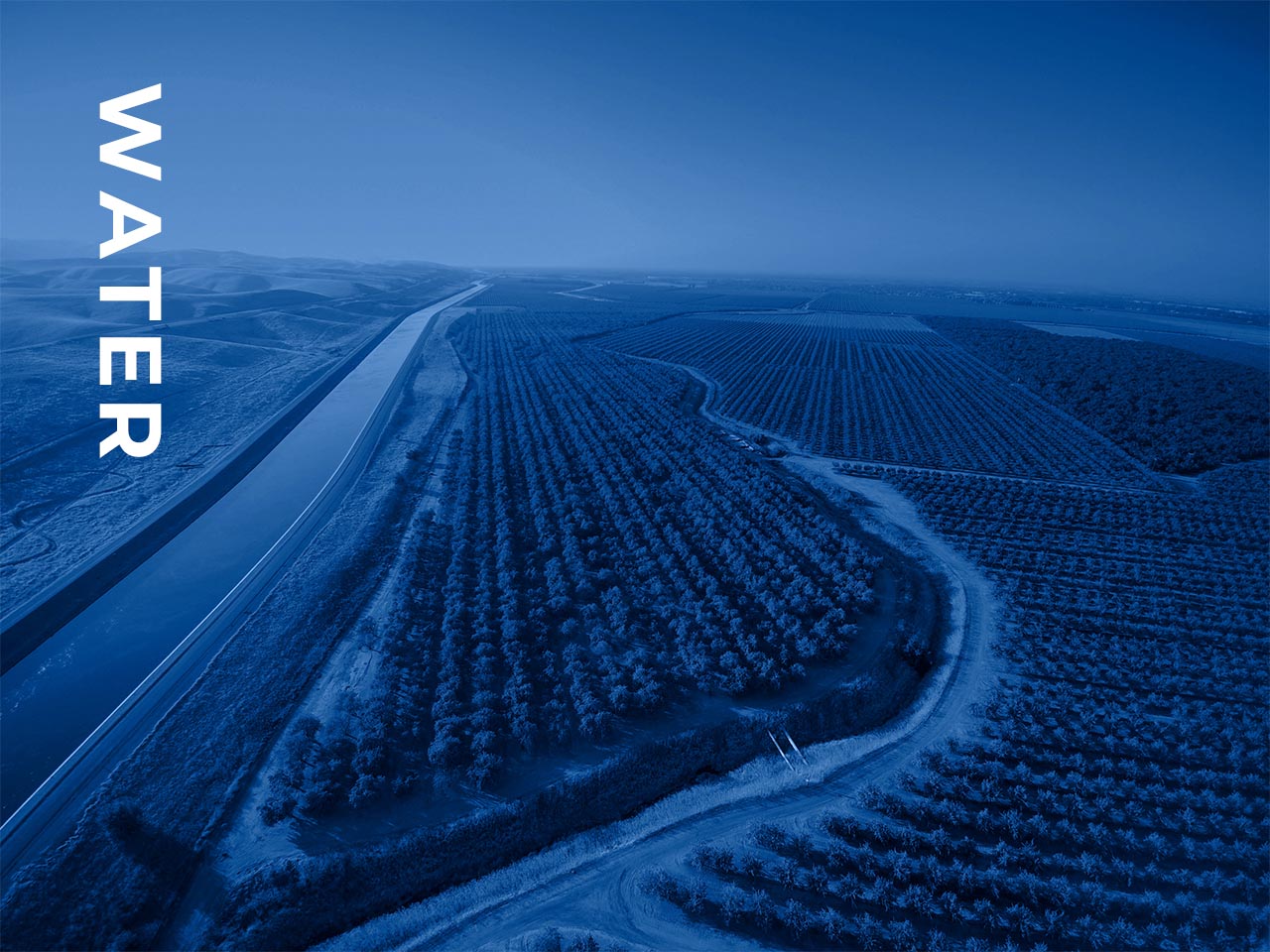
Water
Our scientists and engineers help clients address water issues from field to landscape scale. This includes modeling surface and groundwater flow, solute transport, evapotranspiration and addressing impacts for mitigation of overdraft, water quality issues and large-scale water transfers. Formation’s expertise also includes assessing groundwater-surface water interactions, modeling root zone water quality, characterizing groundwater dependent vegetation and implementing workflows to calculate water demand inform management plans. Our clients are irrigation and water districts, water resource planning consortiums, agricultural companies, public and municipal utilities and resource conservation organizations.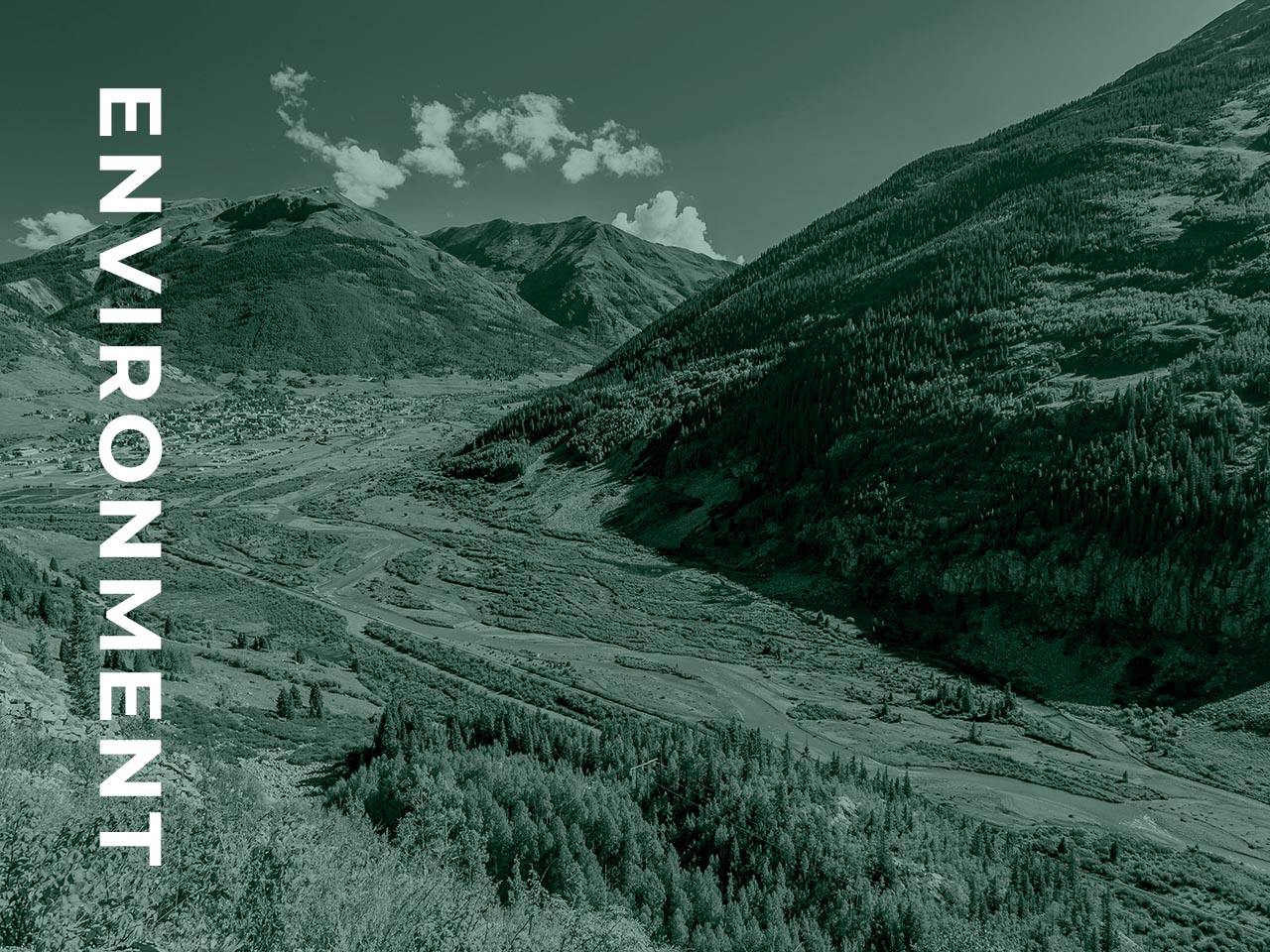
Environment
Formation supports clients with technical and strategic support in environmental remediation and risk management. Our approach involves close communication with stakeholders to understand and comprehensively manage both short-term and long-term environmental liabilities. Our expertise and understanding of the regulatory framework, bioaccumulative contaminants of concern, land use and other setting-related issues help clients develop a successful remediation approach, settlement, or defense.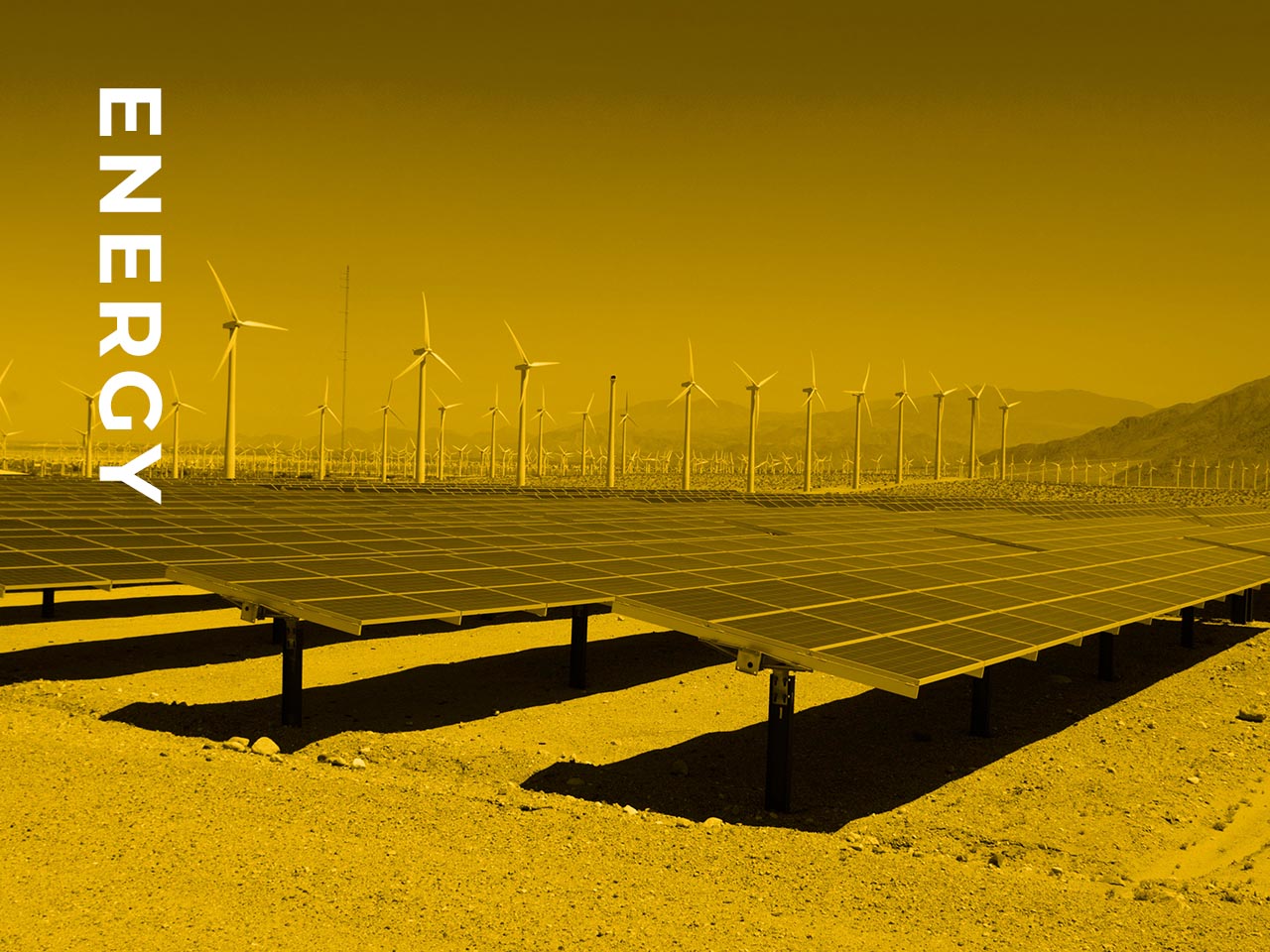
Energy
Our team applies scientific expertise in soil & terrain, wind modeling, watersheds, and vegetation characterization to support utility clients with environmental management of ROWs. We inform our scientific models with field-based and remotely sensed data to help clients better understand the historical, current and future impacts of water, soil and weather on vegetation near utility assets. Utilizing LiDAR, HD Video, hyperspectral, optical and thermal imagery, we also map utility assets for ongoing operations and maintenance.
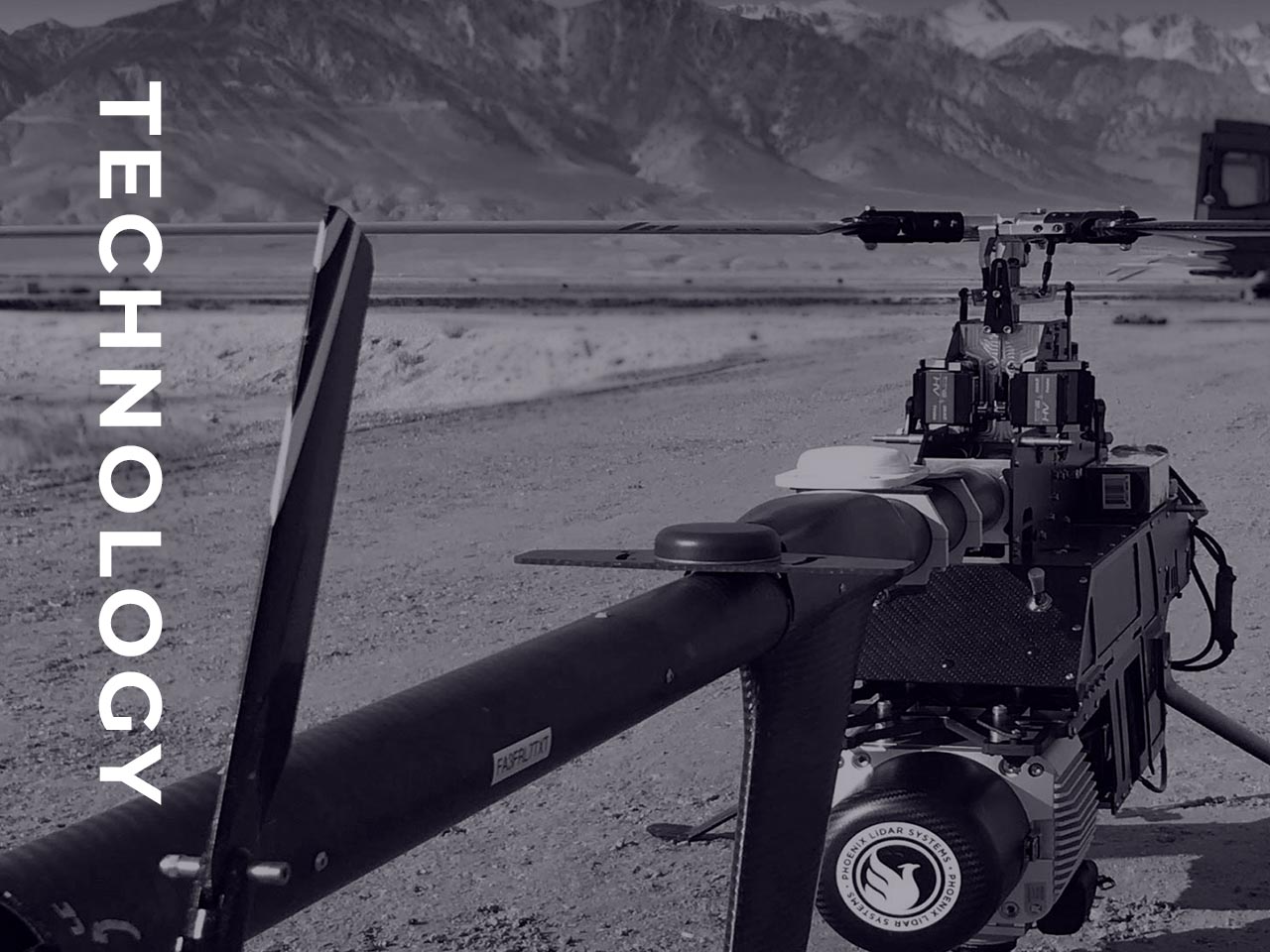
Technology
Formation owns and operates a variety of state-of-the-art sensors integrated with airborne or unmanned aerial systems (UAS). We also collect field-based data such as soil characterization, water assessment, plant phenology and meteorology variables. Datasets from these disparate sources is integrated into our custom analytics and modeling tools. Our technology team provides end-to-end solutions from data aggregation to geospatial and predictive analytics to custom visualization and reporting.Featured Solutions
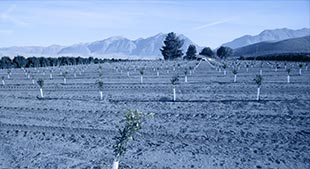
Agriculture
Variable field water consumption analysis & crop vigor monitoring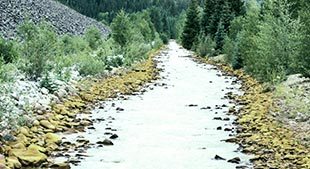
Remediation
Feasibility studies, engineering and remedial design for mine sites, industrial sites and contaminated water systems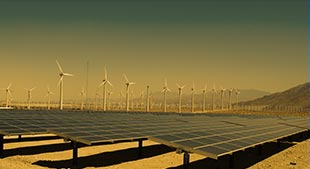
Renewable Assets
Thermal, optical & LiDAR inspections and analytics of solar and wind farms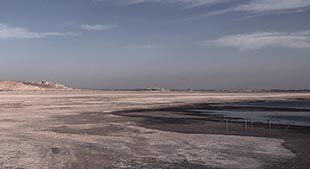
Meteorological Modeling
Soil data collection and advanced terrain & wind modeling for prioritizing dust mitigation
Water Diversions
Characterize illegal cannabis grows and calculate associated water diversions
Ecotoxicology Studies
Evaluate and manage ecological risks in industrial, mining and agricultural sites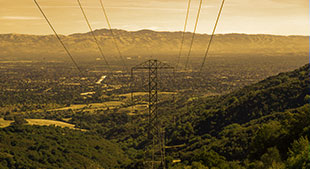
Weather Impacts
Extreme weather and climate impact modeling to determine vegetation susceptibility in utility ROWs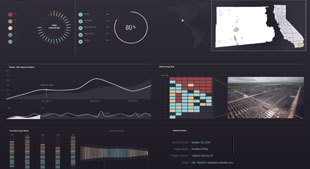
Data Visualization
3D Geospatial data portals for analytics consumption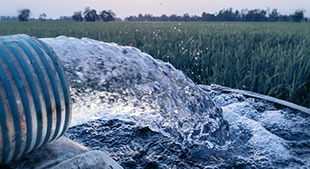
Groundwater
Investigation, modeling and planning to develop water supplies, evaluate impacts and develop sustainable management strategies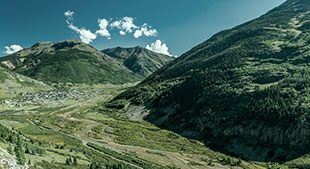
Natural Resources
Technical and strategic support for natural resource damage assessment and restoration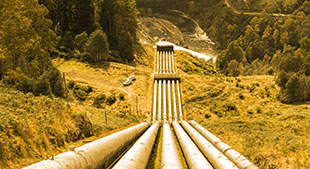
Hydroelectric
UAS LiDAR, bathymetry & video inspection of dams for subsidence and relicensing